Is the universe truly designed to create life?
This question fascinates not only scientists and philosophers but also those intrigued by urban legends.
When considering whether Earth’s miraculous environment is a product of chance or intentional design, we are compelled to examine the fundamental laws and structures of the universe.
Perhaps the universe itself is a stage purposefully crafted to nurture life.
Let’s delve deeper into this possibility.
- How the fundamental laws of the universe support the emergence of life
- Conditions and theories suggesting the existence of extraterrestrial life
- The intersection of cosmic design theories and urban legends
- Mysteries of the future that humanity must uncover
- The Hypothesis of “Design” Behind the Birth of the Universe
- Evidence Suggesting Extraterrestrial Life
- The Hypothesis of the Multiverse and Its Possibilities
- The Scenario of Life Woven by Science and Philosophy
- The Fascination of the Universe Being Designed for Life
The Hypothesis of “Design” Behind the Birth of the Universe
The origin of the universe is largely supported by scientists through the Big Bang theory.
However, there is also a hypothesis suggesting that the universe was not a mere coincidence but intentionally designed to foster life.
This idea is grounded in the fact that the fundamental physical constants and structures of the universe are astonishingly precise.
Here, we will focus on the possibility of a “design” behind the universe and delve into its physical constants and evolution.
The Mystery of Fine-Tuned Physical Constants
The precise tuning of physical constants raises questions about whether the universe was intentionally set to nurture life.
Even minor variations in these constants could have prevented the formation of stars and planets.
This section explores how constants like the gravitational constant contribute to the emergence of life.
The Importance of the Gravitational Constant
The gravitational constant plays a vital role in the formation of stars and planets.
If this constant were even slightly stronger or weaker, matter wouldn’t condense properly, making star formation impossible.
Scientists suggest that this precision may not be random but the result of intentional fine-tuning.
What does this level of precision indicate about the universe?
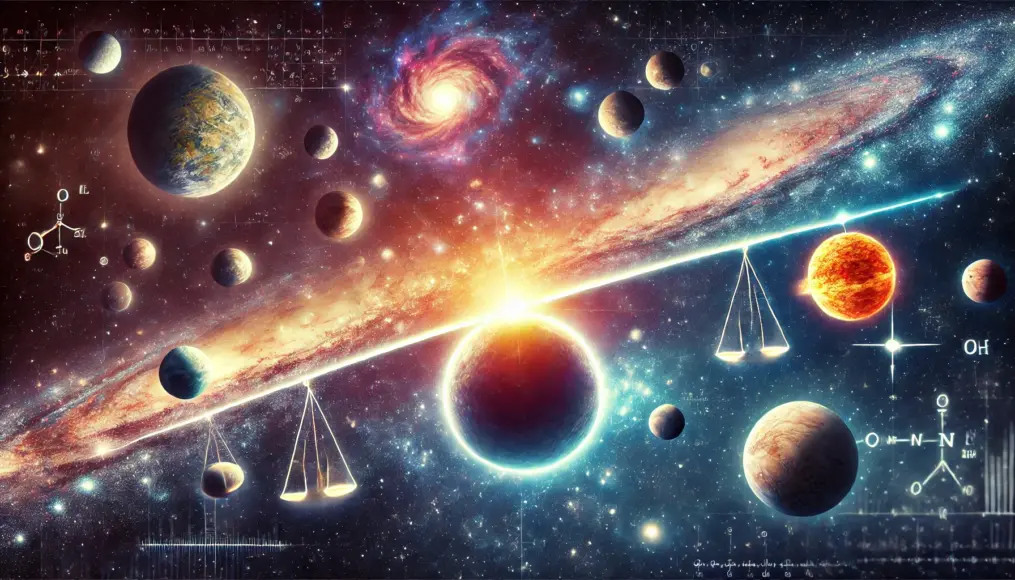
Other Physical Constants and Their Impact
Other constants, such as electromagnetic force and nuclear force, also significantly influence the emergence of life.
For instance, if electromagnetic force were too strong, atoms would become unstable, preventing the formation of life-sustaining molecules.
Similarly, weak nuclear forces would hinder nuclear fusion within stars, disrupting element formation.
Understanding why these constants are perfectly balanced remains a key challenge in science.
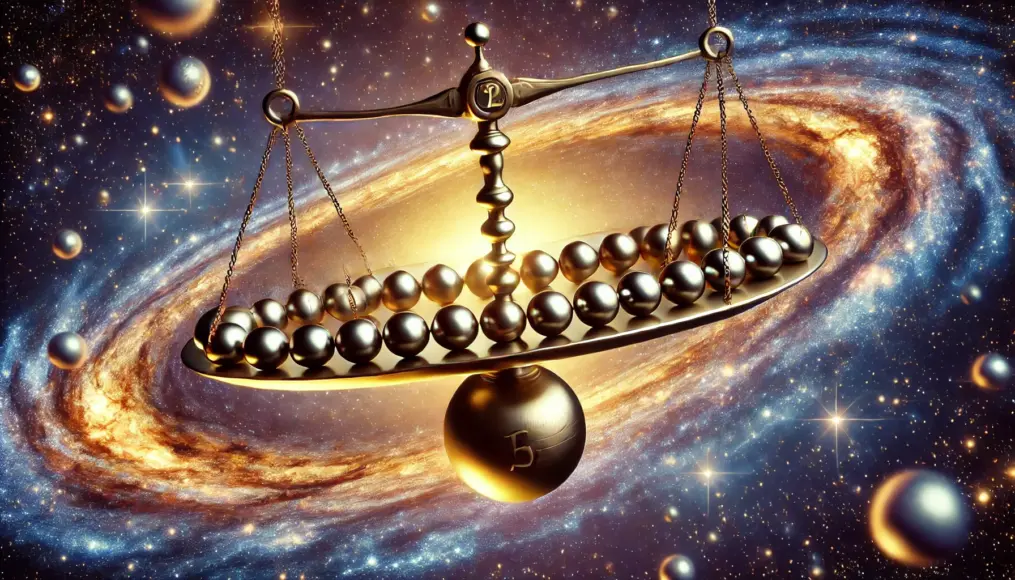
The Evolution of the Universe and Its Conditions
Following the Big Bang, the expanding universe saw matter condense into galaxies and stars.
This process relied heavily on the balance of gravity, dark matter, and energy.
Notably, dark matter plays a fundamental role in supporting the structural formation of the universe.
Without this invisible force, the universe as we know it wouldn’t exist.
Galaxy Formation and the Possibility of Life
The conditions required for star formation within galaxies are highly specific.
Among these, planets in what is known as the habitable zone possess the conditions necessary for life.
What are the odds of such galaxies and star systems existing?
The rarity of these conditions is one reason the universe is considered intentionally designed for life.

Debates on the Possibility of Design
The hypothesis that the universe is designed has sparked debates among scientists.
Proponents argue that the physical constants and precise structure of the universe defy explanation as mere coincidences.
On the other hand, critics claim that these are simply the results of chance in a vast universe where conditions happened to align.
This debate extends beyond science, touching philosophy and religion.
Philosophical Perspectives and Teleology
Philosophically, the hypothesis that the universe was designed to create life is known as “teleology.”
This concept suggests that the universe exists with a specific purpose.
It encourages deep contemplation about the essence of the universe and the significance of human existence.
Is our universe a product of random chance, or was it intentionally created?
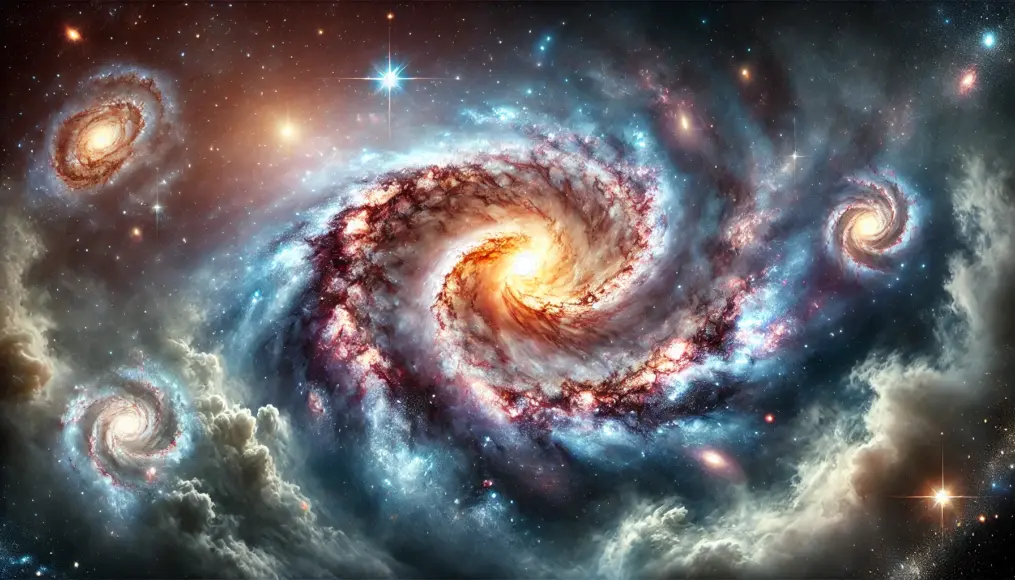
Evidence Suggesting Extraterrestrial Life
Numerous pieces of evidence point toward the existence of extraterrestrial life.
The advancement of space exploration has uncovered environments that could potentially harbor life, raising excitement about this possibility.
This section delves into such evidence from multiple perspectives.
The Vastness of Space and the Possibility of Life
The universe is unimaginably vast, containing approximately 200 billion stars in the Milky Way alone.
Among them are numerous planets thought to have conditions similar to Earth.
Scientists are extensively researching the possibility of life existing on these planets.
Conditions such as liquid water, an atmosphere, and moderate temperatures are key for life, and discoveries of planets meeting these criteria continue to grow with advances in space exploration.
Conditions for Earth-like Planets
The necessary conditions for Earth-like planets include proper orbital distances, planet mass, and the presence of a magnetic field.
These elements stabilize the atmosphere and increase the likelihood of liquid water.
The discovery of such planets reinforces the theory that the universe might be designed to foster life.
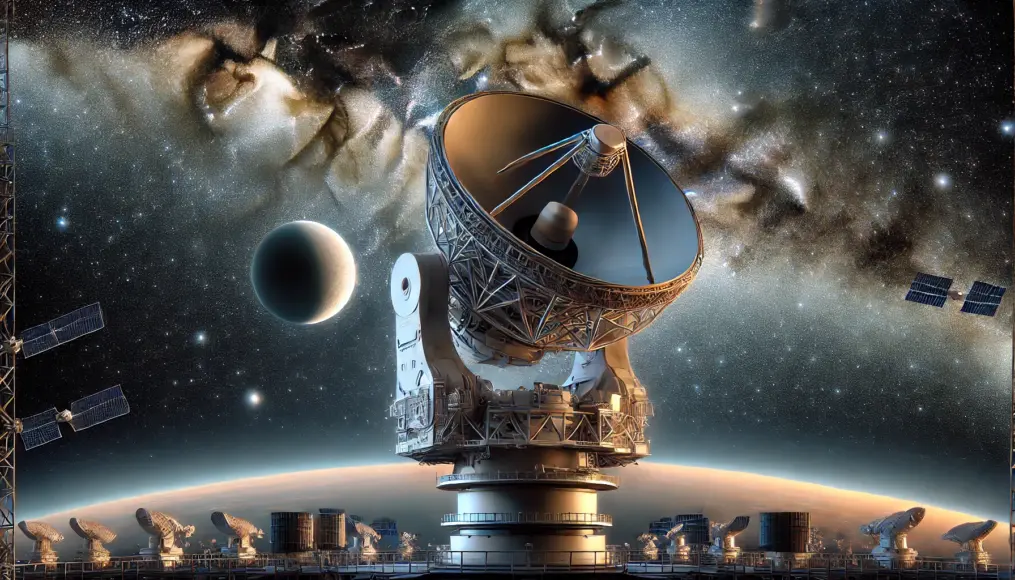
Kepler Space Telescope Discoveries
NASA’s Kepler Space Telescope was designed to search for Earth-like planets.
Many of the planets it has discovered are located within the habitable zone, where life could potentially exist.
These findings strongly suggest the possibility of extraterrestrial life.
Notably, “Kepler-452b” has drawn attention as a planet resembling Earth.
Features of Kepler-452b
Kepler-452b is approximately 1.6 times the size of Earth and orbits at a similar distance from its star.
This increases the likelihood of liquid water existing on its surface.
The discovery supports the hypothesis that the universe might be optimized for life creation.
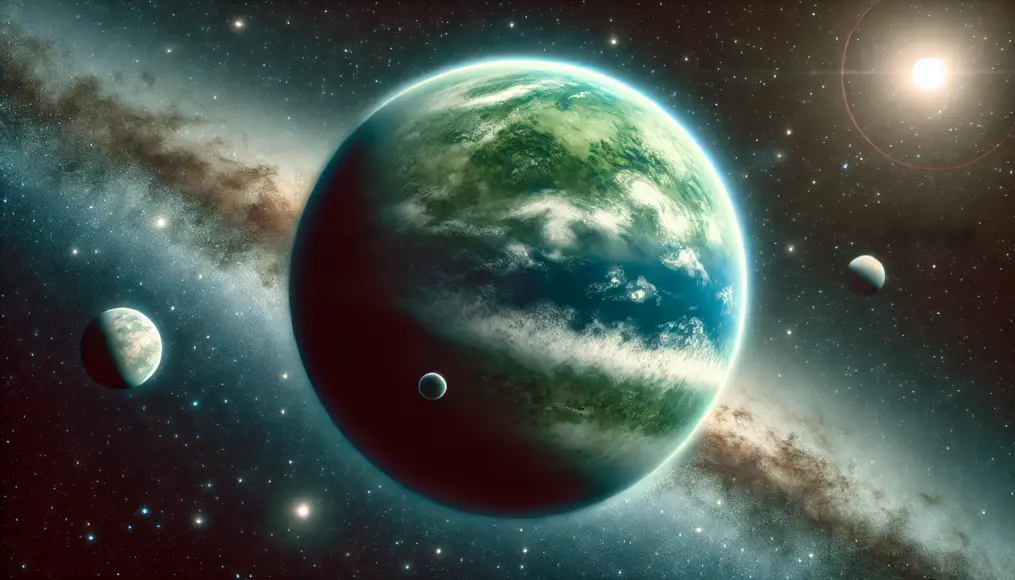
Mysterious Cosmic Radio Signals
Mysterious radio signals from space are often discussed as potential evidence of extraterrestrial civilizations.
One famous example is the “WOW! Signal,” discovered in 1977.
This signal remains unexplained to this day and has led to theories that it might be artificial in origin.
If this signal were a message from aliens, it would strongly suggest that the universe is teeming with life.
Details of the WOW! Signal
The WOW! Signal was a brief detection of a mysterious signal at a specific frequency.
Since this frequency band is free from Earth-based interference, it has been speculated to be a communication attempt from extraterrestrial sources.
This discovery has spurred further research, aiming to explore every corner of the universe for signs of life.
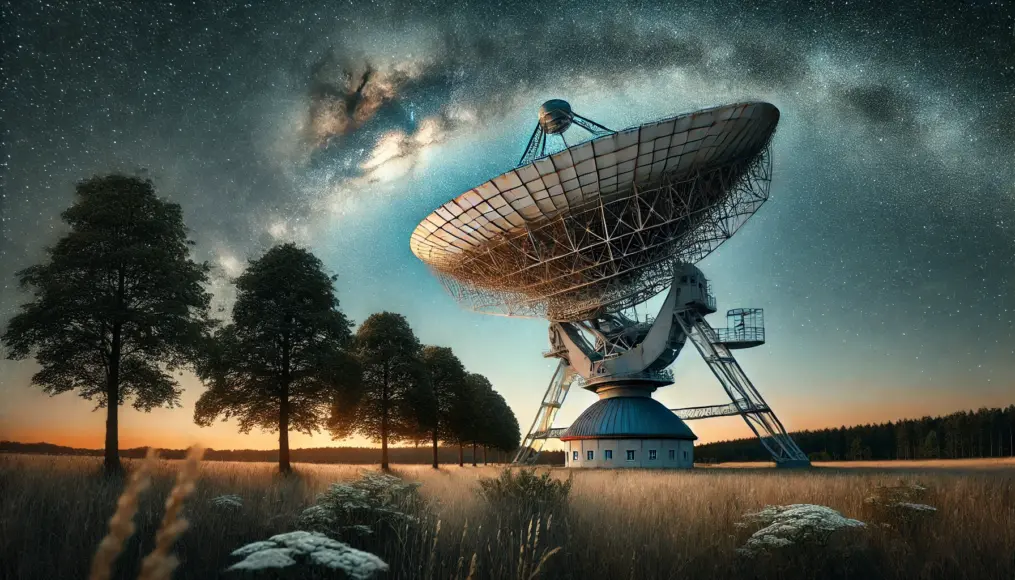
Exploration Missions for Extraterrestrial Life
Current missions to Mars, Europa, and Enceladus aim to uncover traces of extraterrestrial life.
These celestial bodies are believed to have environments capable of supporting life, making their exploration highly significant.
Collaborative efforts by NASA, ESA, and Japan’s JAXA are paving the way for unraveling the mysteries of life in the cosmos.
Importance of Mars Exploration
Mars is known to have numerous traces of past liquid water in its subsurface.
This water could have served as a cradle for life, and exploration rovers are collecting evidence to support this theory.
Future manned missions to Mars may lead to groundbreaking discoveries about extraterrestrial life.

The Hypothesis of the Multiverse and Its Possibilities
The theory of the multiverse posits that countless universes exist beyond our own.
This concept is discussed at the forefront of physics and cosmology and provides important clues about the origin of life and the universe itself.
This section delves into the possibilities of the multiverse and explores its connection to the emergence of life.
What Is the Multiverse?
The multiverse is a theoretical concept that suggests the existence of countless universes distinct from our own.
This idea is associated with quantum mechanics and cosmological theories in modern physics.
Each universe is believed to have its unique physical constants, differing fundamentally from our universe.
While this idea may seem more like science fiction, it is considered mathematically viable by many scientists.
Mathematical Foundations of the Multiverse
The existence of the multiverse is supported by theories such as quantum mechanics and cosmic inflation.
For example, cosmic inflation suggests that our universe is merely one “bubble” among many.
Each bubble universe may operate under its distinct physical laws, opening up the possibility of various forms of life.
These theoretical frameworks lend mathematical credibility to the concept of the multiverse.
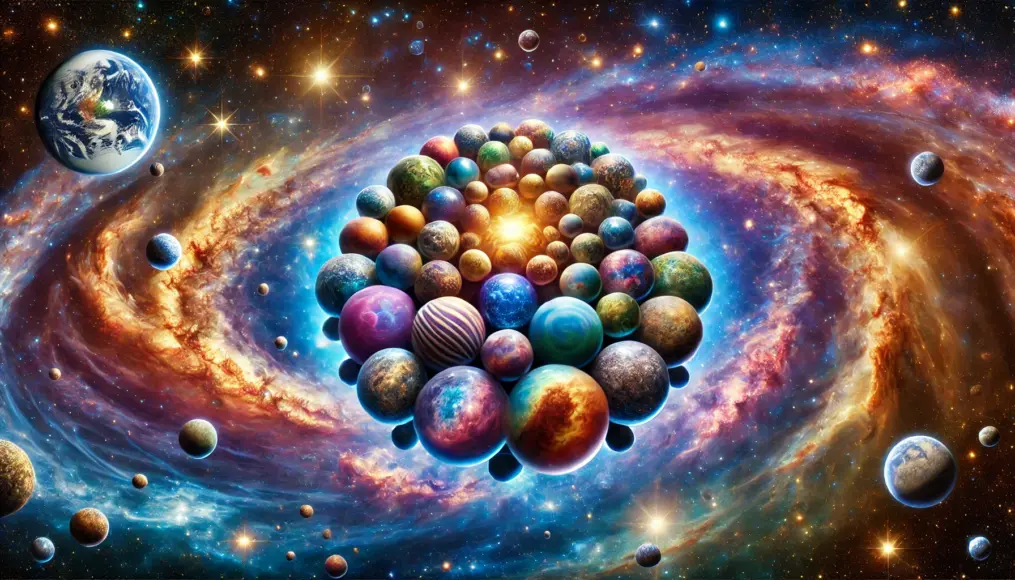
The Multiverse and the Possibility of Life
The multiverse theory suggests that life could exist in entirely different forms in other universes due to varying physical conditions.
For instance, universes with different gravitational constants or speeds of light might host life forms beyond human imagination.
These hypotheses pave the way for new directions in the search for extraterrestrial life.
Scientists are optimistic about the technological advancements needed to explore these possibilities.
Life Forms Based on Different Physical Laws
In other universes, life forms might possess structures entirely different from those we know.
For example, life forms might not require oxygen or could be unaffected by gravity.
Such ideas offer crucial perspectives for advancing the search for extraterrestrial life.
Although not yet proven, these possibilities cannot be ignored.

The Connection Between the Multiverse and the Origin of Life
If the multiverse exists, a fundamental question arises: why do we inhabit this particular universe?
One answer to this question is the “Anthropic Principle.”
This principle suggests that we exist in this universe because its conditions are suitable for life.
The multiverse theory could provide clues to unravel the mysteries of life’s origins.
Detailed Explanation of the Anthropic Principle
The Anthropic Principle has two aspects.
The “Weak Anthropic Principle” explains our existence as a mere observational result.
In contrast, the “Strong Anthropic Principle” implies that the universe might have been designed with life as its purpose.
These debates are central themes at the intersection of science and philosophy.

The Key to Unlocking the Mysteries of the Universe
The multiverse theory is one of the most debated topics in modern physics.
If true, it could offer profound insights into the structure of our universe and the hidden forces behind the emergence of life.
Within this grand hypothesis, life is positioned as a central theme requiring further exploration.
Scientists are committed to advancing research on this topic.
The Future Possibilities Revealed by Space Exploration
Advances in space exploration may uncover evidence related to the multiverse theory.
This includes traces of universes with different physical constants or direct evidence of extraterrestrial life.
Such discoveries would be pivotal in unlocking the mysteries of the universe.
We might witness these groundbreaking revelations in our lifetime.
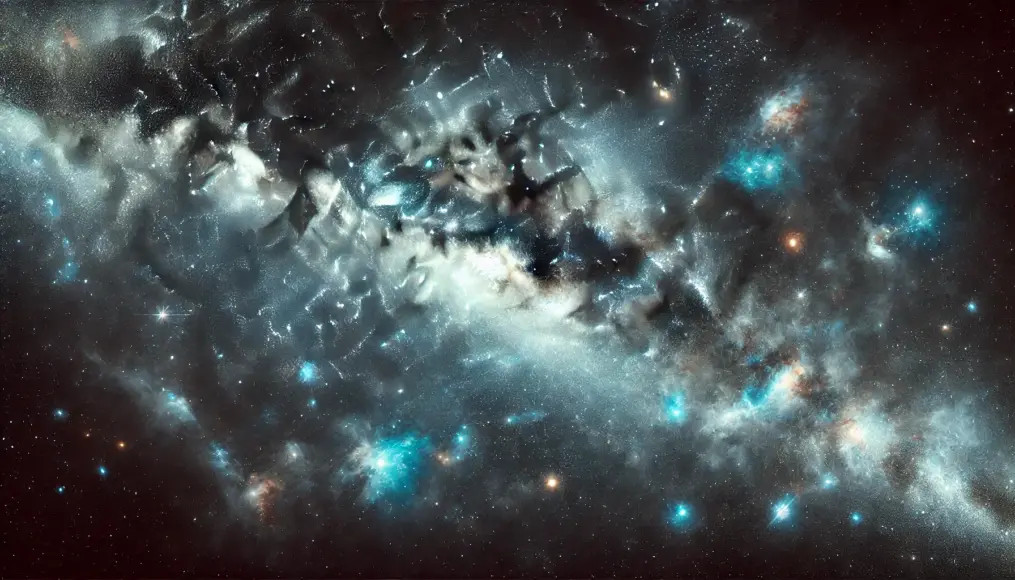
The Scenario of Life Woven by Science and Philosophy
Science and philosophy are like two wheels that drive humanity’s understanding of the universe.
The hypothesis that the universe is designed to nurture life stems from a fusion of scientific observation and philosophical insight.
In this section, we delve deeper into these perspectives to explore the scenario where the universe guides our existence.
The Scientific Perspective: Perfect Harmony of Physical Laws
In the world of science, the precision of the universe’s physical laws stands out.
For example, if the values of constants such as gravitational force, the speed of light, or electromagnetic strength were slightly different, stars and planets would not have formed, and life could not exist.
How this harmony came to be remains a profound mystery.
The Relationship Between Physical Constants and Life
Physical constants often appear as “settings” that enable the universe to nurture life.
For instance, if the expansion rate of the universe were even slightly different, the formation of stars might have been inhibited.
Whether this is a coincidence or intentional is a matter of debate.
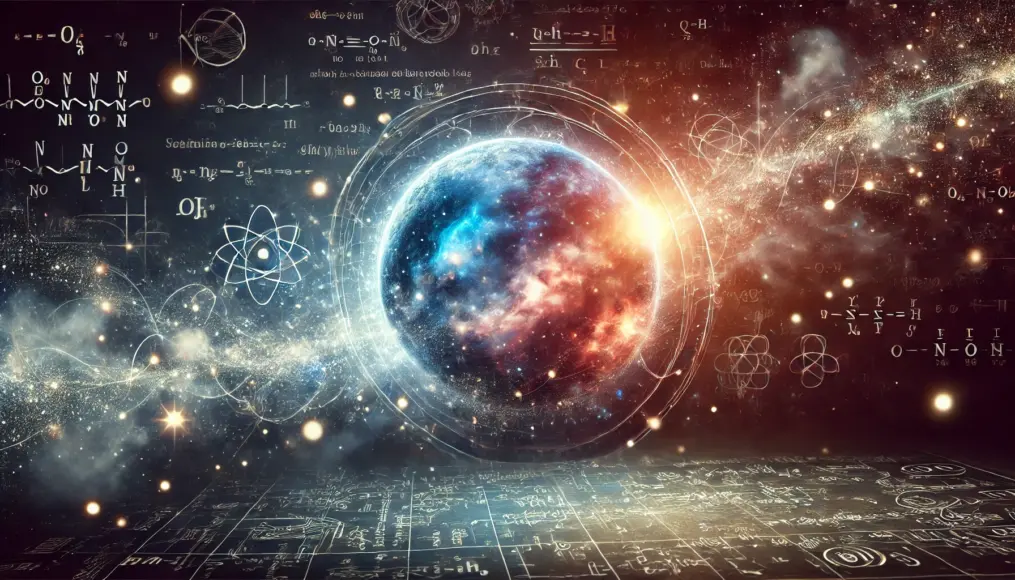
The Philosophical Perspective: The Purpose and Design of the Universe
Philosophy, on the other hand, asks, “Why does the universe have these specific characteristics?”
This question aligns with the concept of “teleology,” the study of purpose.
The idea that the universe is designed for a specific purpose—such as the creation of life—is not necessarily unscientific.
The Possibility of Teleology
From a philosophical perspective, the very existence of the universe may carry purpose.
While this notion intersects with religious beliefs, it has also emerged as a focal point where modern science and philosophy converge.
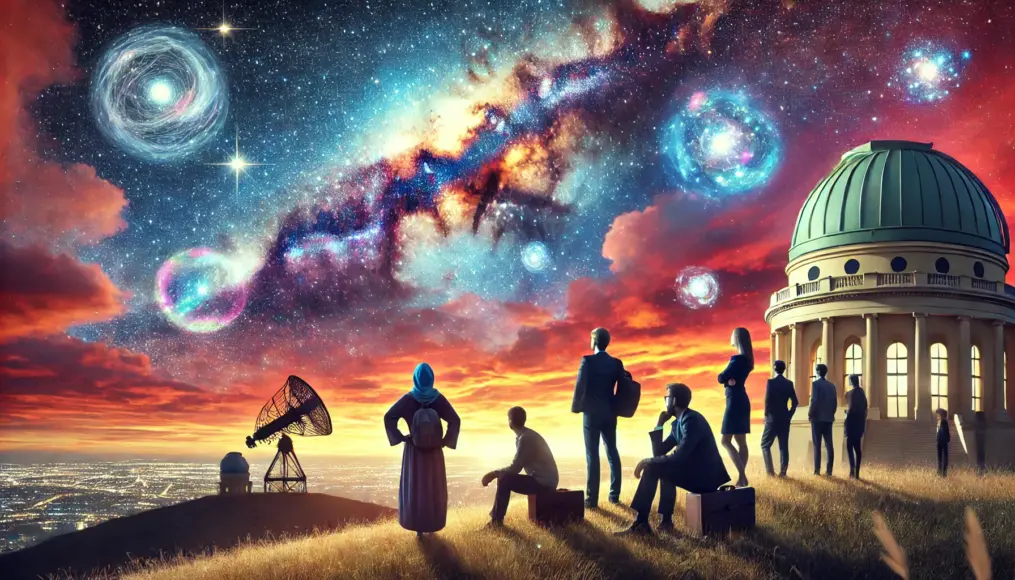
The Fusion of Science and Philosophy
The fusion of science and philosophy brings forth fundamental questions like, “Why does the universe exist?”
This inquiry forms a crucial foundation for exploring the origins of life and the potential design of the universe.
Space Research and Humanity’s Future
By combining science and philosophy to unravel the mysteries of the universe, humanity can address its challenges and consider its future possibilities.
If the universe is indeed designed, how should we evolve as part of this grand design?

The Fascination of the Universe Being Designed for Life
The vast scale of the universe and the intricate scenario of life’s emergence lie at the intersection of science and philosophy.
The delicate balance of physical constants, the multiverse theory, and the possibility of extraterrestrial life—all these elements vividly color the hypothesis that the universe was intentionally designed for life.
Is this miraculous reality a product of sheer coincidence, or does it suggest the presence of some higher intention?
Doesn’t the secret possibilities of the universe ignite a sense of thrilling curiosity?
Do you believe the universe was “designed” to support life? Share your thoughts in the comments below!

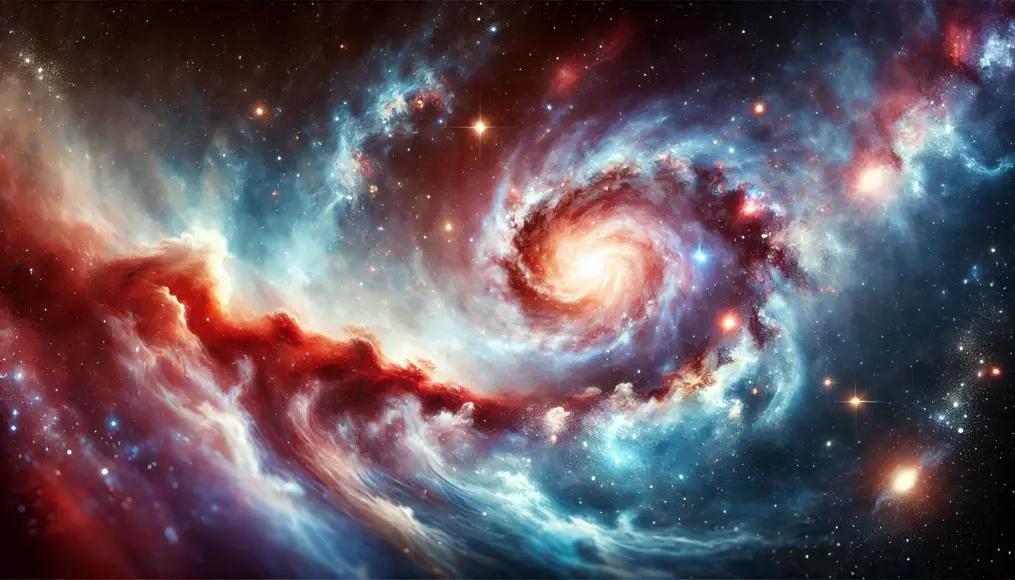
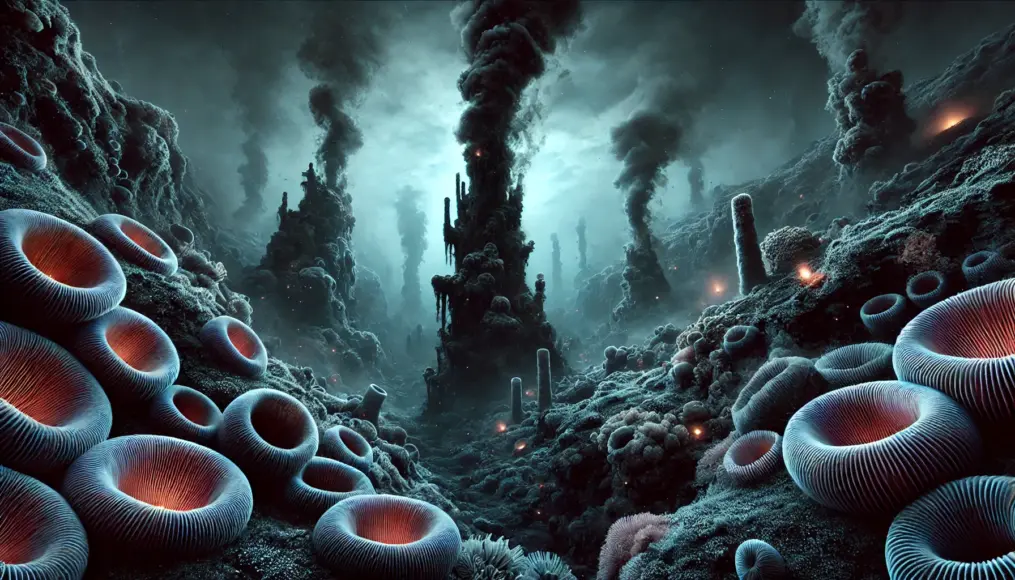

Comment